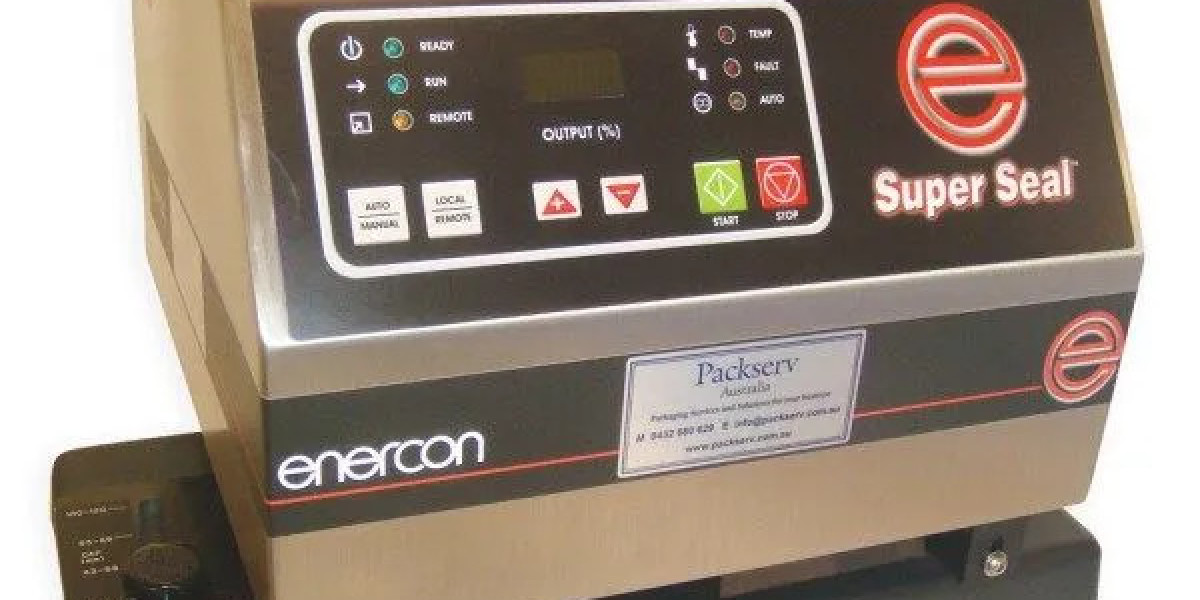In the packaging industry, sealing plays a crucial role in ensuring product safety, freshness, and tamper resistance. Two of the most common sealing technologies are induction sealers and heat sealers. While both serve to seal containers, they operate using distinct methods and cater to different applications. Understanding their key differences can help you choose the right sealing solution for your business.
What is an Induction Sealer?
An induction sealer uses electromagnetic induction to create a hermetic seal on containers. The process involves placing a specially designed foil-lined cap onto the container. When passed under the induction coil, the electromagnetic field generates heat, bonding the foil liner to the container's mouth.
Key Features of Induction Sealers:
- Non-contact sealing: The process doesn't require direct contact with the container.
- Air-tight seals: Creates tamper-evident, leak-proof seals ideal for liquids, powders, and perishable goods.
- Speed and efficiency: High throughput makes it suitable for large-scale operations.
What is a Heat Sealer?
A heat sealer applies direct heat and pressure to bond materials together, typically using plastic films or laminated materials. Heat sealers are often used for sealing plastic bags, pouches, or other flexible packaging.
Key Features of Heat Sealers:
- Direct heat application: Requires physical contact between the heating element and the material.
- Versatility: Suitable for a wide range of materials, from polyethylene to cellophane.
- Manual to automated options: Available in handheld, tabletop, or fully automated formats.
Comparing Induction Sealers and Heat Sealers
1. Sealing Method
- Induction Sealer: Utilizes electromagnetic energy for sealing, making it ideal for rigid containers with foil-lined caps.
- Heat Sealer: Relies on thermal bonding through direct heat and pressure, often used for flexible packaging.
2. Applications
- Induction Sealer: Commonly used in industries like pharmaceuticals, food and beverages, and cosmetics to ensure tamper-proof and leak-resistant seals.
- Heat Sealer: Widely employed in packaging snacks, dry goods, and industrial components.
3. Speed and Efficiency
- Induction Sealer: Superior for high-speed production lines, capable of sealing hundreds of containers per minute.
- Heat Sealer: Suitable for slower, smaller-scale operations or custom packaging needs.
4. Material Compatibility
- Induction Sealer: Requires containers with a foil-lined closure, limiting material options.
- Heat Sealer: Compatible with a broad range of materials, including various plastics and composites.
5. Cost
- Induction Sealer: Higher initial investment due to advanced technology, but lower operational costs over time.
- Heat Sealer: Typically more affordable upfront, with ongoing maintenance costs for heating elements.
6. Ease of Use
- Induction Sealer: Requires precise setup and calibration, making it slightly more complex.
- Heat Sealer: Simpler to operate, especially in manual or semi-automatic configurations.
Pros and Cons of Each
Induction Sealer Pros:
- Leak-proof and tamper-evident seals.
- Suitable for high-speed production lines.
- Non-contact sealing enhances hygiene.
Induction Sealer Cons:
- Limited to foil-lined caps and rigid containers.
- Higher initial cost.
Heat Sealer Pros:
- Flexible material compatibility.
- Affordable and easy to use.
- Available in various sizes for diverse needs.
Heat Sealer Cons:
- Direct heat may damage delicate materials.
- Slower than induction sealers for large-scale operations.
Choosing the Right Sealer for Your Needs
The choice between an induction sealer and a heat sealer depends on your specific requirements:
Use an induction sealer if:
You need airtight, tamper-proof seals for rigid containers in high-volume production lines.Use a heat sealer if:
You work with flexible packaging materials and require a versatile, cost-effective solution.
Conclusion
Both induction sealers and heat sealers have their unique strengths, making them indispensable in their respective domains. Understanding their differences and applications ensures you can select the right sealing technology to optimize your operations. Whether your focus is on efficiency, cost, or versatility, the right sealer can elevate your packaging standards and enhance product integrity.










